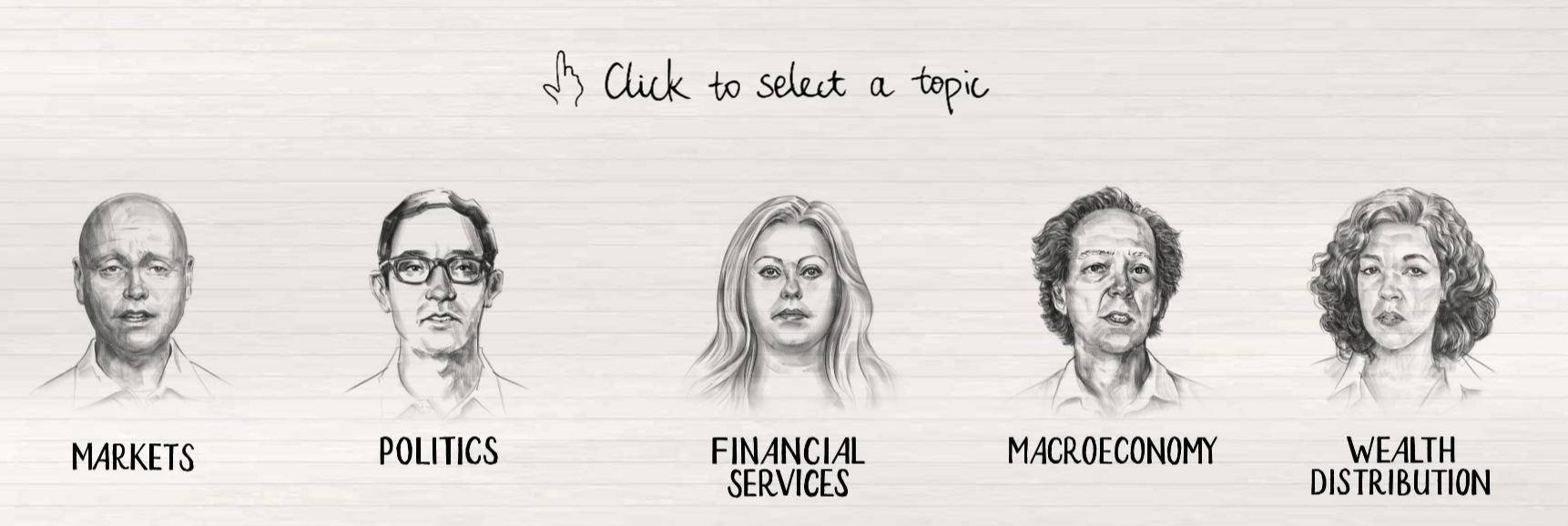This week is the 10th anniversary of the beginning of the global financial crisis of 2008, and the end of Lehman Brothers, one of the most storied Wall Street firms. A new play opened in London called the “Lehman Trilogy”, and there’s a great interview montage below.
In 2010, there was a 2,200 page report on the root causes of the Lehman collapse. A few incredible (and scary findings) described by the Economist below:
Repo 105
But Repo 105 took advantage of an accounting rule called SFAS 140, which enabled Lehman to reclassify such borrowing as a sale. Lehman would give collateral to its counterparty and receive cash in return. Because the deal was being recorded as a sale, the collateral disappeared from Lehman’s balance-sheet and the bank used the cash it generated to pay down debt. To outsiders, it looked as though Lehman had reduced its leverage. In fact, the obligation to buy back the collateral remained. Once the quarter-end had come and gone, Lehman borrowed money to repay the cash and buy back the collateral, and its leverage spiked back up again.
Liquidity pool
On September 10th 2008, just five days before it filed for bankruptcy, Ian Lowitt, the bank’s chief financial officer at the time, told investors that its liquidity pool remained strong at $42 billion. Yet an internal document from September 9th showed that it had a “low ability to monetise” almost 40% of the assets involved. The liquidity pool was not that liquid, after all.
Hubris and poor oversight
Even when executives began to understand the scale of the risks they were taking, they kept taking on business rather than walk away from deals. Board directors were unaware for several months in 2007 that Lehman had breached its risk-appetite limit.
Why Warren Buffet did not bail out Lehman Brothers
Very cool interactive video of 2008 financial crisis from Reuters. 10 minutes total, completely worth your time. 5 different perspectives here:

